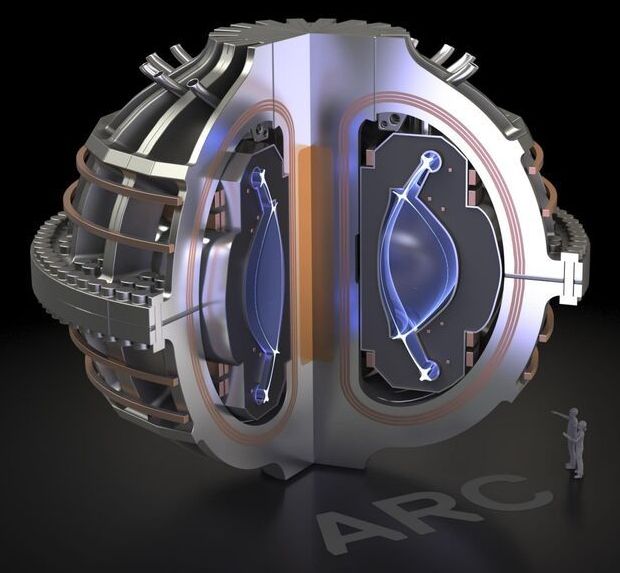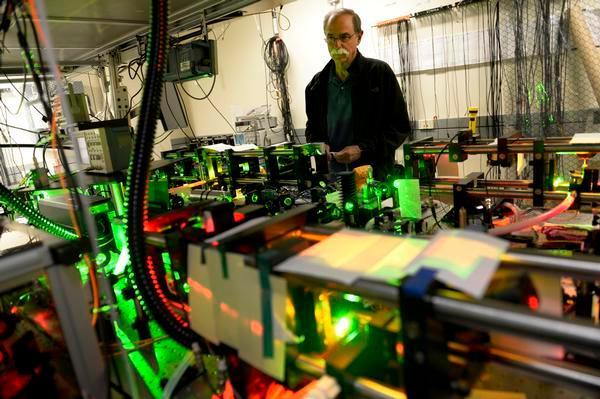Mar 3, 2021
Money is pouring in to A.I.-assisted drug discovery, while fewer AI startups are getting VC backing
Posted by Derick Lee in categories: biotech/medical, economics, robotics/AI
The money committed to companies and projects in this area increased to $13.8 billion, more than 4.5 times that invested in 2019, according to the Artificial Intelligence Index, an annual report produced under the auspices of Stanford University’s Institute for Human-Centered Artificial Intelligence (HAI).
Those are a few of the insights from this year’s AI Index report, which shows adoption of the pandemic did nothing to dent adoption of the technology.

















